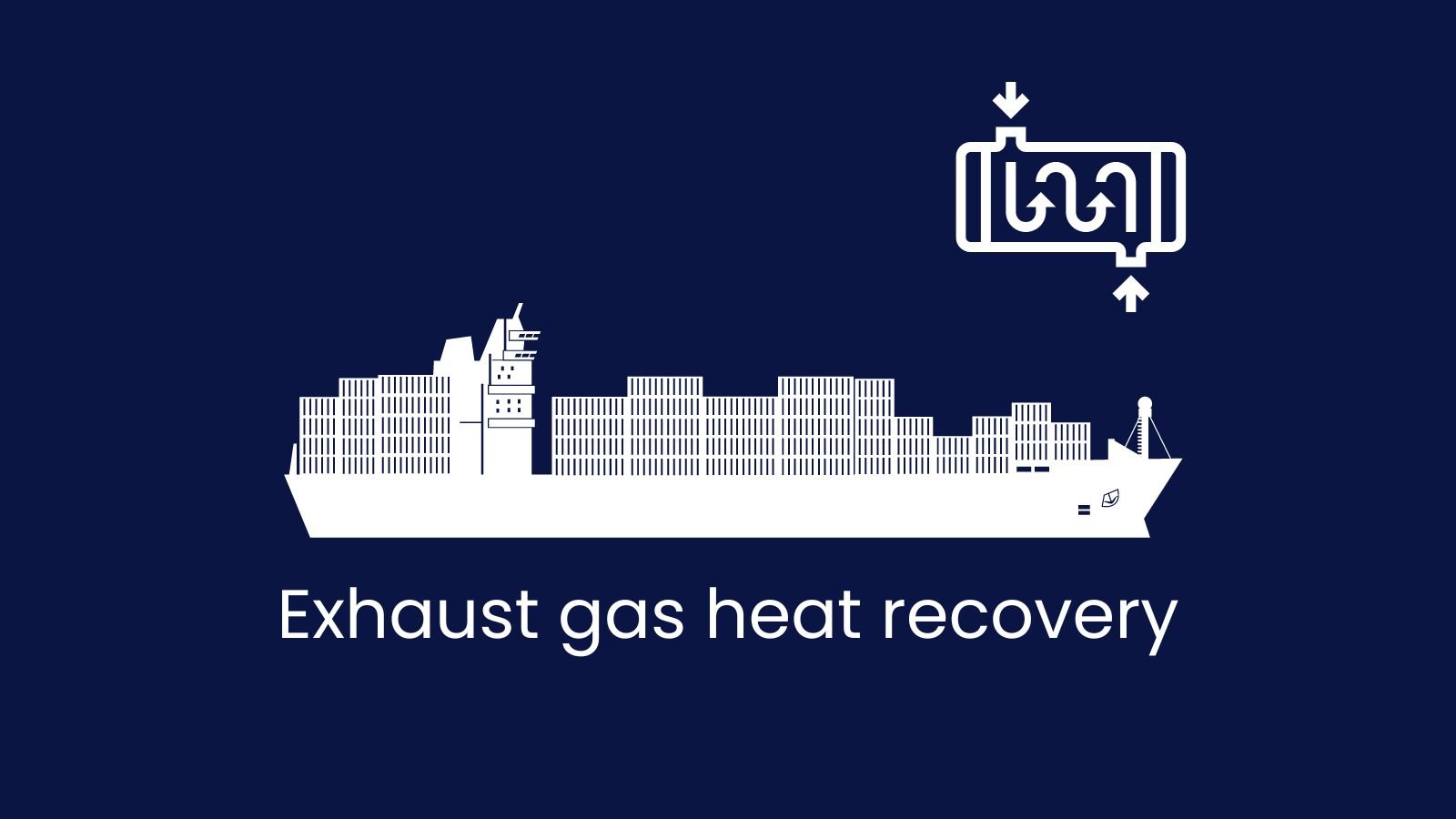What is the carbon footprint of steel?
Weighted average carbon footprint of steel is 1.85* tons CO2 to 1 tonne steel produced
Summary - Carbon footprint of steel is 1.4 tons per produced ton of steel according to IEA, and and 1.85 according to Mckinsey and the World Steel Association. This is a weighted average between the two main production methods for steel in the world. The Blast Furnace-Basic Oxygen Furnace (BF-BOF) route and the Electric Arc Furnace route (EAF) which uses 105% recycled steel - often referred to as the 'primary' and 'secondary' paths. CO2 footprint of these two methods are 1.987 and 0.357 tonnes of CO2 per tonne of steel produced respectively. Up to 1.787 tonnes of CO2 is saved per tonne of recycled steel used. The impact of transport on the carbon footprint of steel is estimated at 7.9 grams per tonne-km.
Use our tool to determine the CO2 footprint of steel used in your project.
Buy this tool
Store your data and be independent
Includes all calculations and references, additional databases and more
Used over 22,000 times worldwide!
Steel carbon footprint
What does Google say?
Getting a first estimate on the carbon footprint of steel is easy to obtain with a quick Google search. The IEA estimates that direct CO2 emissions due to crude steel production is approximately 1.4 tons CO2 per ton steel produced. Recycling Today claims the numbers are slightly higher, roughly 1.85 metric tons of CO2 per ton steel. They base their findings on a report from the World Steel Association. This number is also cited by McKinsey, who also refer to the World Steel Association in their insights. Is it that easy? Unfortunately no.
The differences between steel manufacturers can be significant however, in some cases the ratio between CO2 produced per metric ton steel can be up to 3. It all depends on how the steel is produced, and it seems the numbers stated above are a weighted average of two different production methods. Let’s start with the bigger picture and then dive into the details.
Global steel emissions
The bigger picture
Steel production is a significant part of global CO2 emissions. It is estimated that steel product is responsible for 11% of all CO2 emissions according to Carbon Brief. Other sources like Our World in Data estimate it is closer to 7.2%. A remarkable fact in this statistics is that more than half of all steel and thus emissions is produced in China. In 2019, 1875 million tons of steel was produced. This means that at least 3375 million tons of CO2 was produced.
Besides the fact that China is a big steel producer, the amount of CO2 per ton steel is higher in China. The ratio can be three tons of CO2 per one ton of steel . This is due to the way the steel is produced in China. Almost all of China’s steel is produced in so called “Blast furnace ovens”. These ovens mainly produce steel from iron ore which eventually is heated to 1500 degrees Celsius. Oxygen is blasted on the liquid iron in order to remove unwanted bits and pieces.
Although the exact figures vary from source to source, steel manufacturing across the world causes a significant impact in global emissions.
The main reason why Europa’s steel production is less polluting is due to the fact that 40% of Europa’s steel is produced in a ‘cleaner’ way. It is called the Electric Arc Furnace Route. The heat necessary for melting the metal comes from an electric arc that arises when the electrodes make contact with the metal. Temperatures can go up to 3500 degrees Celsius, while the temperature of the steel is around 1800 degrees Celsius.
Steel production methods
(1) Blast Furnace (1.987) vs. (2) Electric Arc (0.357)
Eurofer has an excellent explainer and infographic on how steel is made. It is principally made via two routes, the Blast Furnace-Basic Oxygen Furnace (BF-BOF) route and the Electric Arc Furnace route (EAF) - often referred to as the 'primary' and 'secondary' paths.
According to New Steel Construction, the primary path uses 13.8% scrap, with emissions of 1.987 tonnes of CO2/tonne of steel. The secondary path uses 105% scrap steel, with emissions of 0.357 tonnes CO2/tonne. Their calculation methods uses the ‘system expansion’ method. This considers the full product life-cycle from ‘cradle to grave’ and favours steel, as it can be easily recycled.
The primary route is what is used most across the world, which is why the average amount of CO2 emissions per metric tonne of steel produced is 1.85 according to the World Steel Association. As can be seen from the below figures however, it is very important to know where your steel is made if you want to determine the exact carbon intensity. Especially if you want to calculate the amount of CO2 saved for each tonne of scrap steel that is recycled.
Recycled steel carbon footprint
Both methods of steel production require a significant input of scrap steel. As stated above, the primary route uses 13.8% scrap steel, and the secondary route uses 105% scrap steel. From these basic figures and the emission factors, it is possible to calculate the tonnage of CO2 that is saved for each tonne of scrap steel that is recycled.
CO2 saved = (1.987 – 0.357) / (1.05 – 0.138) = 1.787 tonnes CO2 saved / tonne of scrapThe above scenario is true when we assume the recycled steel is produced using the Electric Arc Furnace method, which commonly uses more than 100% of scrap steel (some of it is ‘lost’ in the production process). This knowledge, combined with the fact that virtually all steel can be easily recycled, begs the questions.
If steel can be so easily recycled, why don’t we just produce all steel using the Electric Arc Furnace method? This would save a lot of emissions, right?
Although that is technically correct, the main reason why not all steel is produced this way is that the amount of scrap steel is not high enough to fulfil the steel demand. At some point in time, perhaps when we reach a steady-state and have produced all the stuff we want using virgin iron ore, steel demand can be fulfilled fully with scrap steel.
In addition to the fact that steel demand is still growing and we need more ‘virgin’ steel, steel mills usually have investment horizons that span decades. This makes it a costly affair to shut them down before their imagined end of life. One can take heart though that at some point in time, far ahead into the future, existing steel stock should be sufficient to provide all mankind with recycled steel for all our needs. This provides some satisfaction but leaves one question open for debate.
What is the impact of shipping steel on its footprint?
Impact of steel transport on carbon footprint
In this scenario we will assume the numbers from the International Chamber of Shipping (ICS), as it is claimed that 90% of all steel in the world is transported by ship. They base their emission factors on the 2009 IMO Greenhouse Gas Study, which states that the carbon footprint for transporting goods via bulk is approximately 7.9 grams per tonne-km. How does that compare to steel production?
It means that shipping 1000 tons of steel halfway across the world (10.000 km) would result in a carbon footprint of 79 metric tons. To produce 1000 tons of steel, up to 1850 tons of CO2 is produced, which means the impact is in the order of a few percentage points.
Impact of transportation in that scenario is marginal at best. It becomes more relevant however when steel is produced using the electric arc furnace route. In such a scenario, approximately 350 metric tons of CO2 is produced and the impact of shipping becomes far more relevant.
References
Save time and purchase premium excel for links
World Steel Organization - Sustainability Indicators
IEA - Iron and Steel
Greenhouse Gas Protocol - Calculation tools
Greenhouse Gas Protocol - Third party databases
Tony Gee - Carbon Calculator
CCALC2 - Carbon calculations over the lifecycle of industrial activities































